Dangerous tourist destinations market “perfect weather” while hiding deadly conditions that kill visitors during peak season. Lisa booked her Maldives honeymoon for May because resorts advertised crystal-clear waters and sunny skies.
The problem affects millions of travelers who plan trips based on weather marketing instead of actual safety data. Tourism boards promote ideal conditions while downplaying the forest fires, deadly heat waves, and extreme weather that coincide with peak visitor periods.
Thailand’s burning season brings perfect temperatures and toxic air quality that hospitalizes tourists daily. Costa Rica’s dry season creates ideal weather and deadly forest fire conditions. India’s pre-monsoon period offers comfortable temperatures and heat waves that kill thousands.
Smart travelers research actual conditions beyond weather forecasts to avoid destinations that turn deadly when they look most appealing.
1. The Maldives During Monsoon Season – When Paradise Becomes Deadly
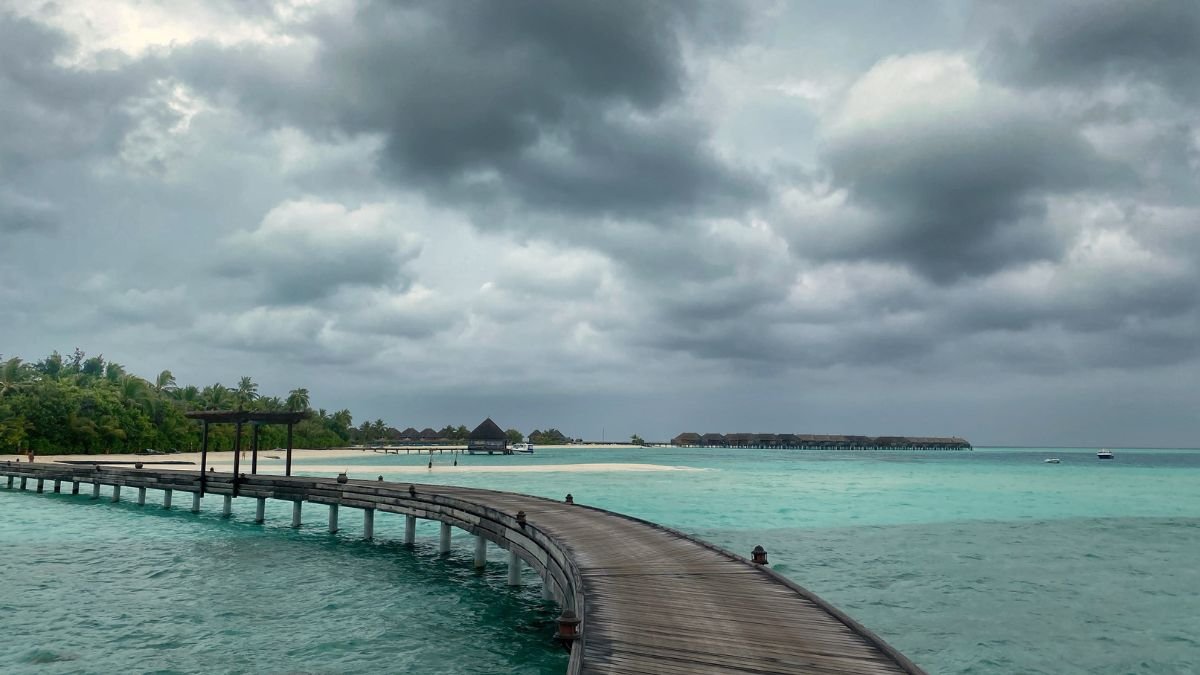
Tourism brochures show endless sunshine and calm blue waters. They don’t mention that monsoon season turns those picture-perfect lagoons into death traps that claim lives every year.
The Maldives faces serious dangerous travel destinations weather risks between May and October, exactly when many tourists visit for lower prices and fewer crowds. Here’s why this timing creates deadly conditions that resort marketing won’t tell you about.
When Tourist Marketing Meets Monsoon Reality
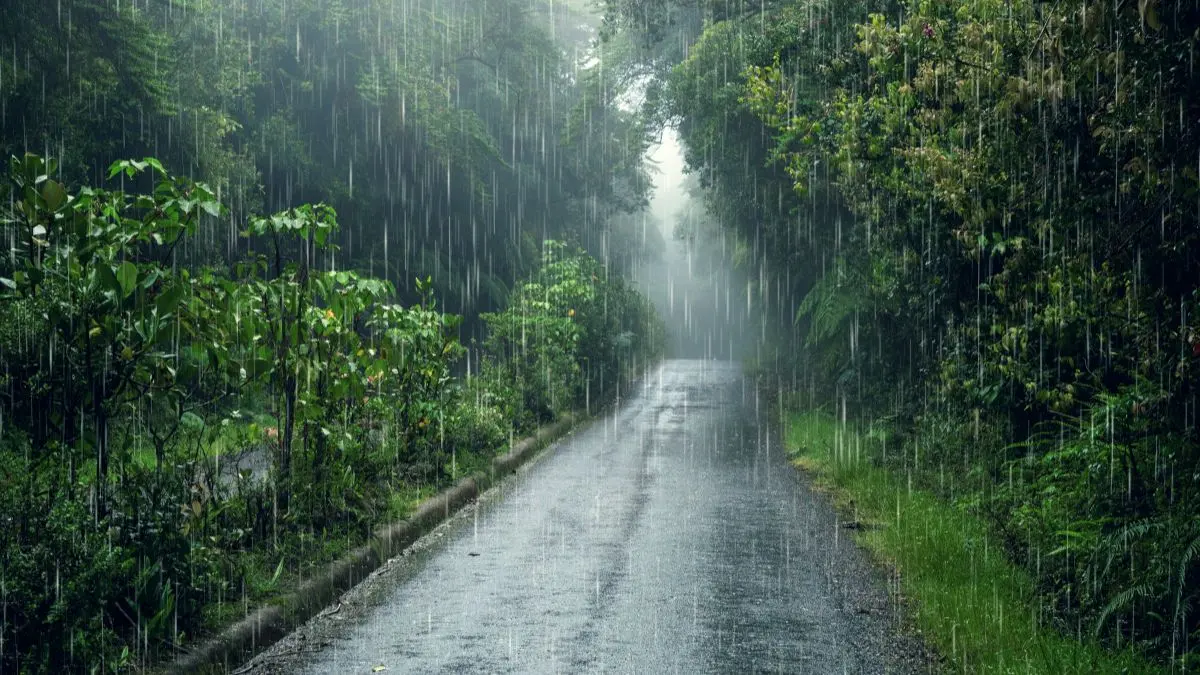
Resort websites advertise “tropical paradise year-round” but skip the part about monsoon season bringing violent storms, rough seas, and dangerous weather conditions. May through October brings heavy rains, strong winds, and rough ocean conditions that make water activities deadly.
Travel companies offer discounted packages during monsoon months without explaining why prices drop. You’re not getting a deal – you’re gambling with safety during the most dangerous weather period of the year.
“We see tourists arrive expecting calm waters and sunny skies,” explains Ahmed, a Maldives rescue coordinator. “They book water sports and excursions without knowing that monsoon season kills people every year.”
Many tourists assume tropical locations have consistent weather. The Maldives experiences dramatic seasonal changes that create life-threatening conditions during peak storm months.
The Drowning Statistics Tourism Hides
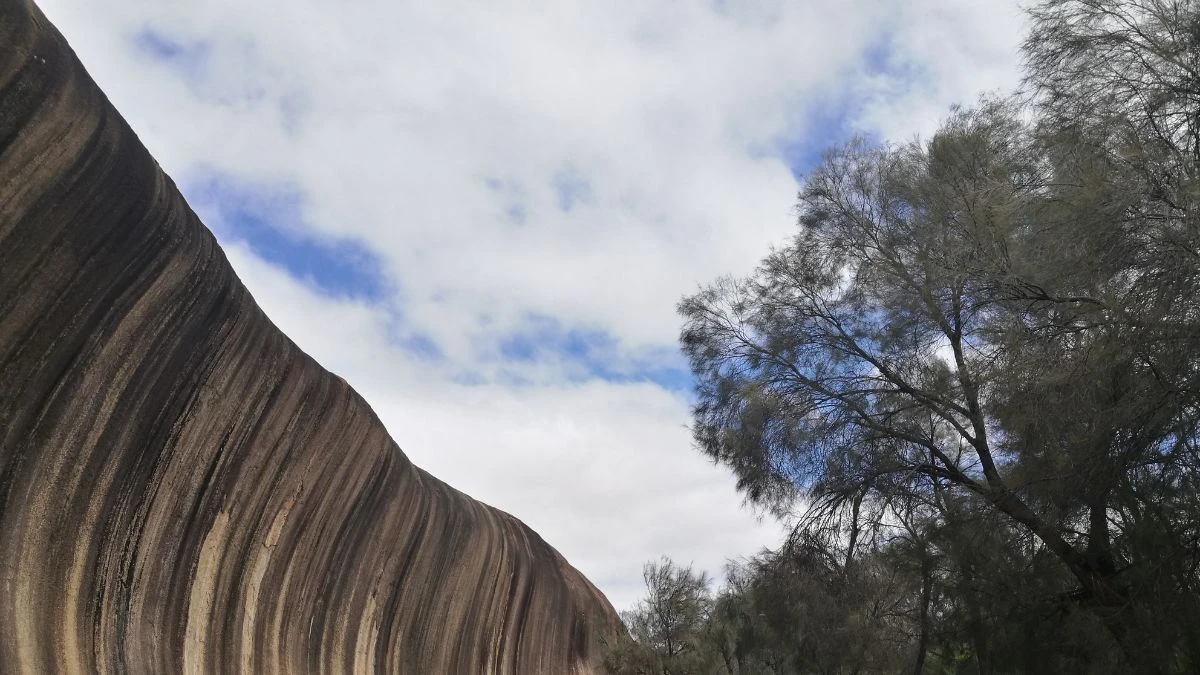
Monsoon season accounts for over 15 tourist deaths annually in Maldivian waters, with drowning being the leading cause. Rough seas create strong currents, large waves, and underwater conditions that overwhelm even experienced swimmers.
Monsoon Season Dangers:
- Wave heights reaching 8-12 feet in normally calm lagoons
- Strong underwater currents that pull swimmers away from shore
- Limited visibility due to churned-up sand and debris
- Rough conditions making rescue operations nearly impossible
Resort lifeguards get overwhelmed during storms because multiple emergencies happen simultaneously. Emergency response boats can’t operate safely in rough weather, leaving victims stranded until conditions improve.
The 200+ annual rescue operations during monsoon season strain local emergency services beyond capacity. Many incidents end tragically because help can’t reach victims in time.
Seaplane and Boat Transfer Death Traps
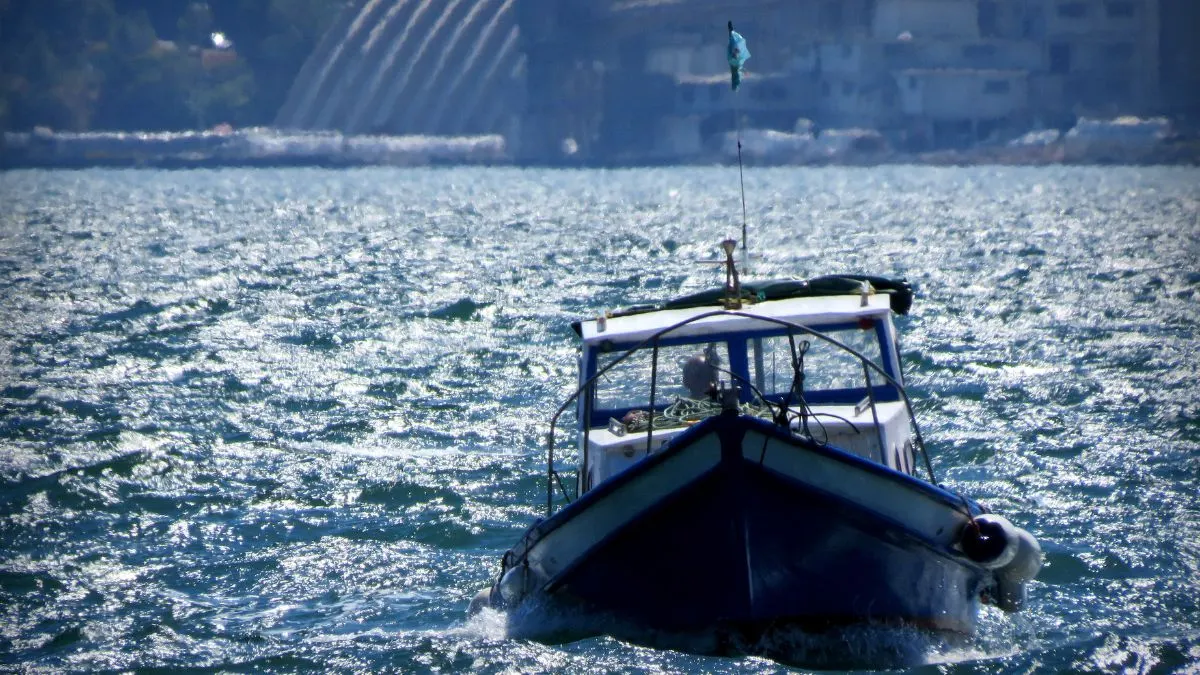
Getting to your resort becomes dangerous during monsoon weather. Seaplanes can’t land safely in rough water conditions, leading to crashes that kill passengers and crew members.
Transfer boats face massive waves, strong winds, and poor visibility that cause accidents. Small speedboats used for resort transfers become death traps when monsoon storms hit unexpectedly.
“Three tourists died last year when their transfer boat capsized in a sudden storm,” reports Maria, who works with Maldives emergency services. “The boat captain tried to make it to the resort despite dangerous conditions.”
Seaplane delays and cancellations strand tourists at Malé International Airport for days during severe weather. Some visitors never make it to their resort because transfer operations shut down completely.
Resort Isolation During Medical Emergencies

Monsoon storms cut off resort islands from medical help for days at a time. Heart attacks, severe injuries, and medical emergencies become fatal when evacuation helicopters and boats can’t operate.
Most resort medical facilities handle minor issues like cuts and upset stomachs. Serious medical emergencies require evacuation to Malé, which becomes impossible during monsoon storms.
Medical Emergency Reality:
- No helicopter evacuations during storms
- Limited medical equipment on remote resort islands
- Doctors available only at larger resorts
- Emergency boats can’t operate in rough seas
- Phone and internet connections fail during severe weather
Resort staff receive basic first aid training but can’t handle serious medical crises. Tourists with heart conditions, diabetes, or other health issues face deadly risks during monsoon isolation periods.
Hidden Costs of Weather-Related Evacuation

Travel insurance companies charge extra for monsoon season coverage because claims spike during dangerous weather periods. Standard policies exclude weather-related evacuations, leaving tourists with massive bills.
Medical evacuation from remote Maldives resorts costs $50,000-100,000+ during emergency conditions. Helicopter rescues during storms require specialized equipment and crews that charge premium rates.
Many tourists discover their insurance won’t cover monsoon-related emergencies after accidents happen. Reading policy fine print reveals exclusions for “extreme weather” and “storm conditions” that void coverage exactly when you need it most.
Hidden Insurance Costs:
- Monsoon season coverage adds 200-400% to policy costs
- Weather evacuation riders cost $500-1,500 extra
- Pre-existing medical conditions get excluded during storm periods
- Many policies require 48-hour weather warnings before coverage activates
Smart travelers research actual weather patterns instead of trusting tourism marketing, but Southeast Asia creates different deadly conditions during the same “perfect weather” seasons.
2. Thailand’s Burning Season – The Air Quality Crisis Tourism Ignores
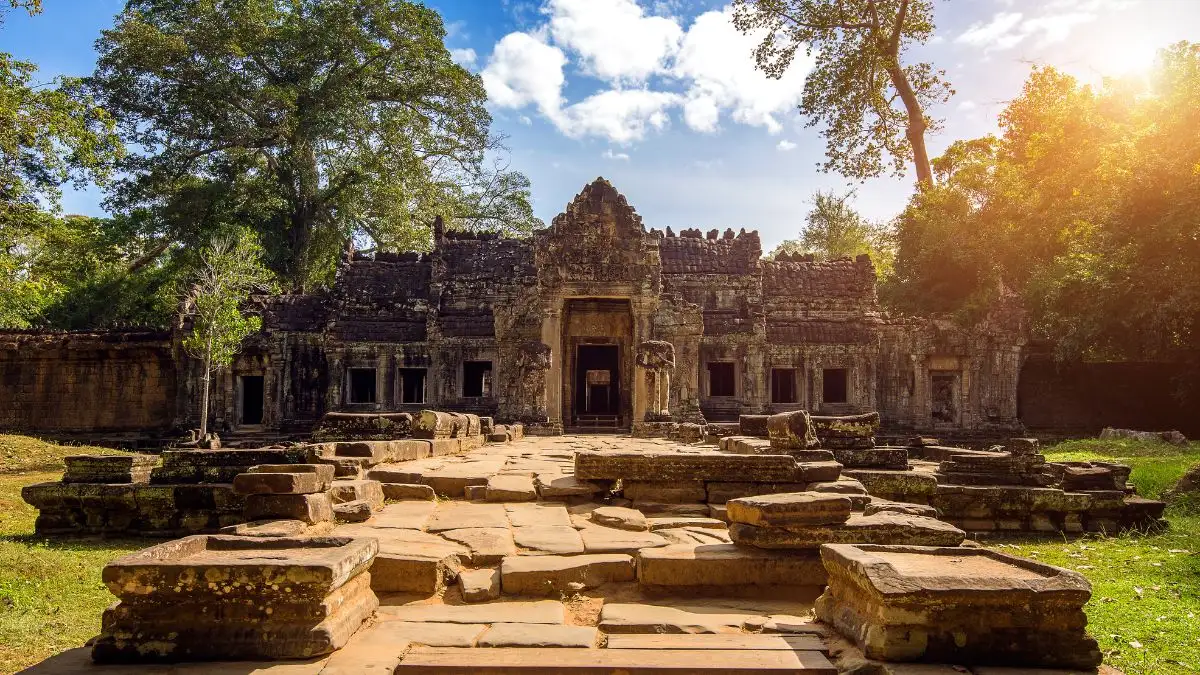
Southeast Asia’s weather risks extend beyond ocean dangers to create breathing hazards that hospitalize tourists every year. Thailand’s burning season coincides perfectly with peak tourist months, creating air pollution so severe it kills people with respiratory conditions.
March through May brings cool, dry weather that tourism boards market as “perfect travel conditions.” They don’t mention that farmers burn millions of acres during these exact months, creating toxic air pollution that makes breathing dangerous for visitors.
When Tourist Season Meets Agricultural Burning
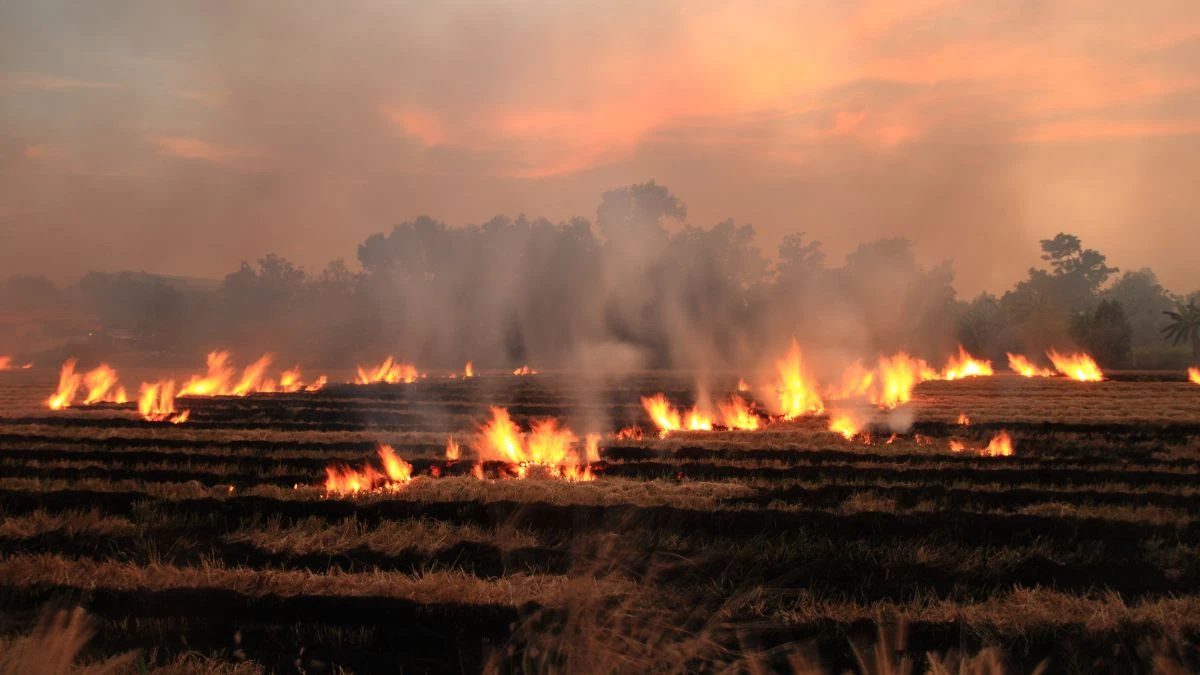
Thailand’s cool season (November through April) attracts millions of tourists seeking relief from hot, humid conditions. But March through May marks burning season, when farmers across Southeast Asia burn crop stubble and clear land for new planting.
This creates a perfect storm where dangerous tourist destinations experience their worst air quality during peak visitor periods. Cool, dry weather conditions that tourists love also create perfect burning conditions that trap smoke and pollution close to the ground.
“Tourists arrive expecting clear skies and fresh air,” explains Dr. Somchai, who works at Bangkok’s main hospital. “Instead they get air pollution worse than Beijing on its worst days.”
Tourism marketing focuses on comfortable temperatures and lack of rain while ignoring air quality warnings that would scare away visitors. Travel companies profit from the busy season while tourists pay the health costs.
Air Quality That Exceeds Dangerous Levels
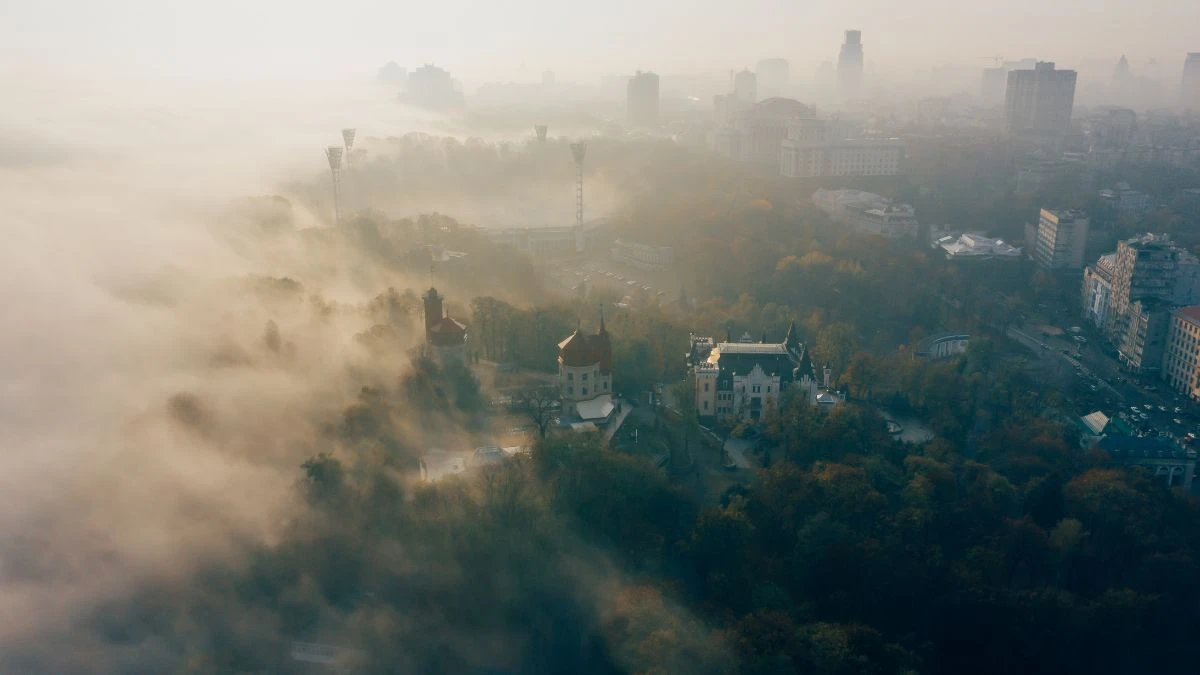
Thailand’s Air Quality Index regularly exceeds 300 during burning season – levels considered hazardous to all humans, not just sensitive groups. For comparison, anything over 150 is considered unhealthy for everyone.
Burning Season Air Quality Reality:
- AQI readings over 300 in major tourist areas
- Visibility reduced to less than 1 mile in popular destinations
- Chiang Mai regularly ranks among world’s most polluted cities
- Bangkok air quality worse than industrial cities during peak burning
- Northern Thailand AQI reaching 400+ (emergency levels)
These deadly weather tourist season conditions create health emergencies for visitors who weren’t warned about air quality risks. Healthy adults develop breathing problems within hours of exposure to these pollution levels.
The haze covers entire regions, affecting not just rural areas but major tourist destinations like Bangkok, Chiang Mai, and popular beach towns that depend on clear skies for their appeal.
Respiratory Health Impacts Hit Tourists Hard
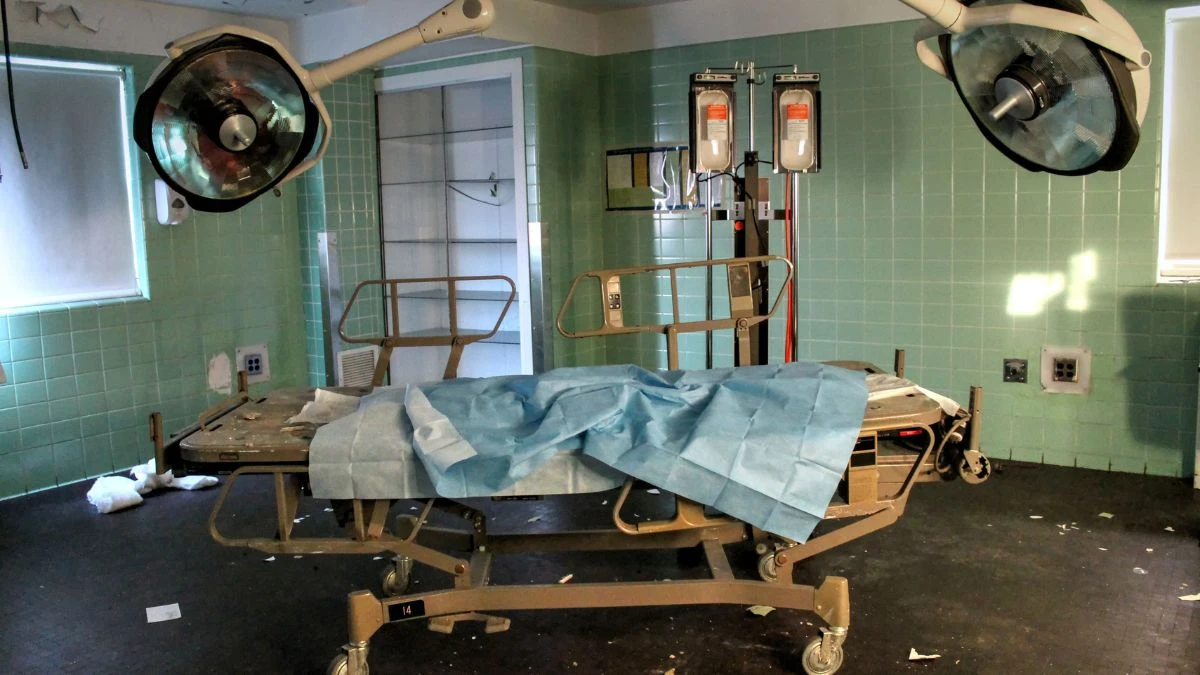
Emergency room visits increase by 40% during burning season as tourists and locals struggle with respiratory emergencies. Visitors with asthma, heart conditions, or other health issues face life-threatening complications from extreme air pollution.
Health Problems Tourists Experience:
- Severe asthma attacks requiring hospitalization
- Eye irritation and burning that lasts for days
- Throat inflammation making swallowing painful
- Headaches and fatigue from oxygen deprivation
- Chest pain and difficulty breathing during normal activities
Previously healthy tourists develop breathing problems that persist long after returning home. Children and elderly visitors face the highest risks, with some requiring emergency evacuation to countries with cleaner air.
“We treat tourists every day during burning season,” reports Dr. Niran from Chiang Mai Hospital. “Many had no idea they were traveling during the most polluted time of year.”
Medical tourism becomes dangerous during burning season because patients recovering from surgery can’t breathe properly in polluted air. Planned medical procedures get delayed or relocated to other countries.
Transportation Safety Risks from Poor Visibility
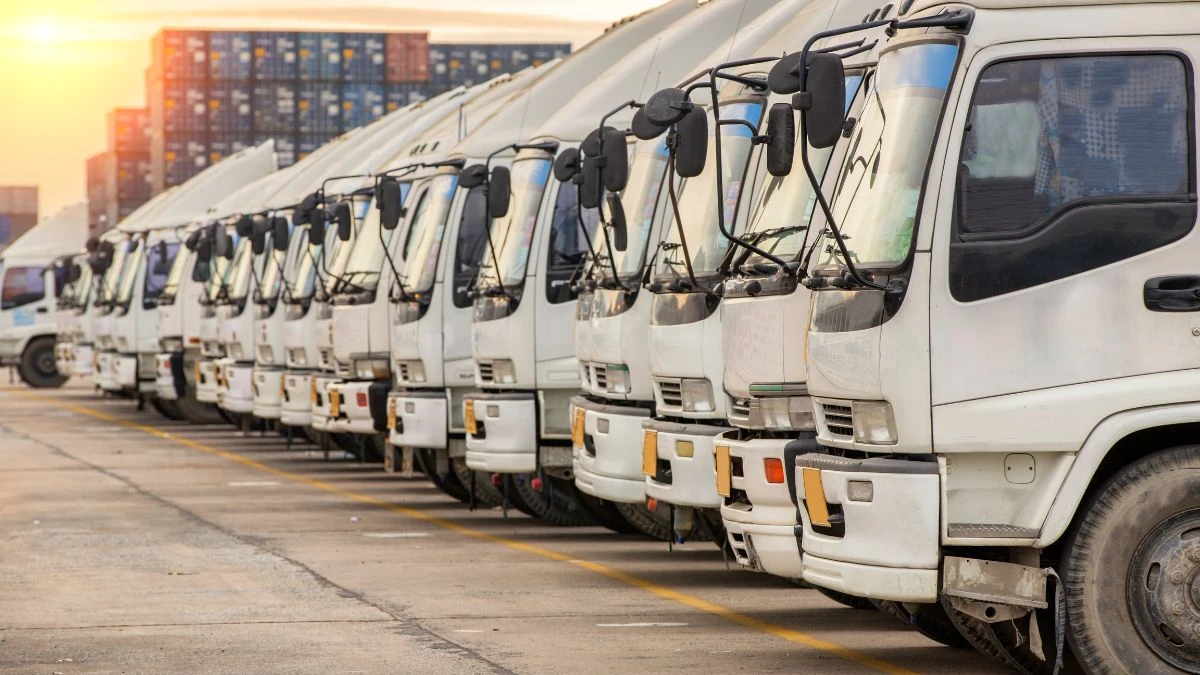
Thick smoke reduces visibility to dangerous levels that cause transportation accidents. Flights get canceled or diverted because pilots can’t see runways during severe pollution episodes.
Highway accidents increase during burning season because drivers can’t see other vehicles through thick haze. Tourist buses and rental cars become death traps when visibility drops below safe levels.
Transportation Dangers:
- Flight cancellations leaving tourists stranded
- Highway visibility under 100 meters during severe episodes
- Boat accidents in coastal areas affected by inland burning
- Motorcycle and scooter crashes from poor air quality
- Emergency vehicles unable to respond during worst pollution days
Popular tourist destinations become isolated when transportation shuts down due to air quality emergencies. Airports close, highways become impassable, and tourist activities get canceled for safety reasons.
Medical Tourism Complications During High Pollution
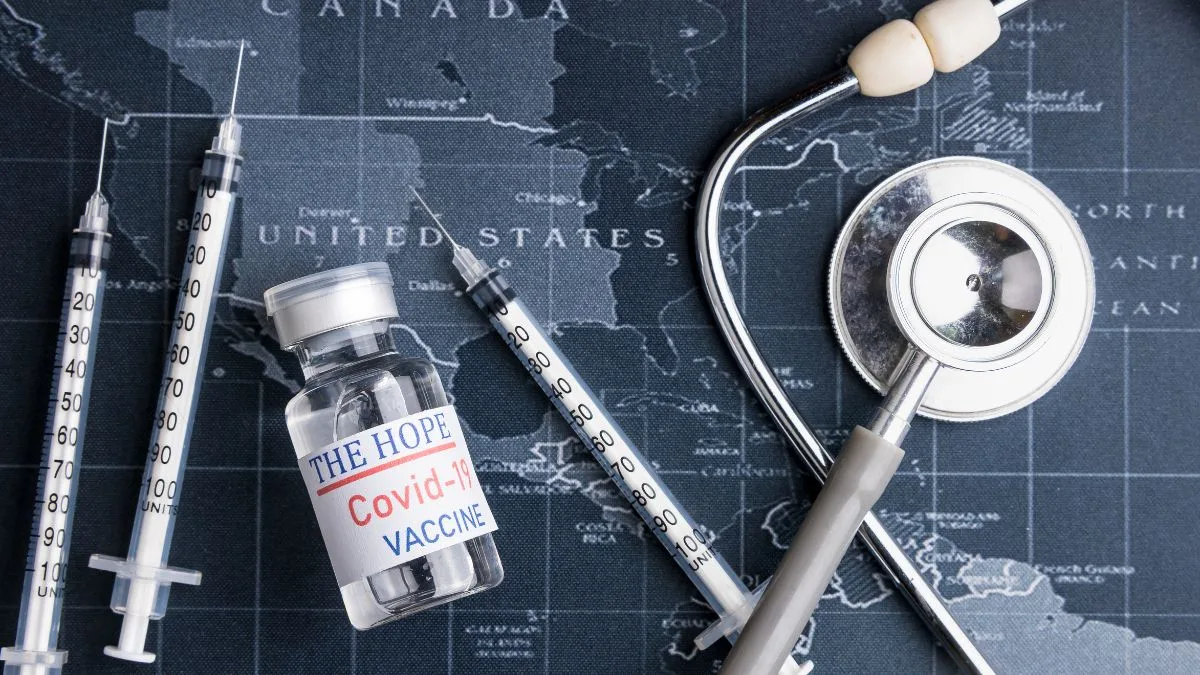
Thailand’s medical tourism industry faces serious problems during burning season when air pollution interferes with patient recovery. Surgical patients can’t heal properly when breathing toxic air.
Recovery times double or triple when patients struggle to breathe clean air after procedures. Cosmetic surgery and dental work become dangerous when patients can’t breathe properly during healing periods.
Medical facilities install expensive air filtration systems, but costs get passed to patients through higher fees. International patients discover their medical tourism savings disappear when they need extended stays due to pollution-related complications.
Medical Tourism Risks:
- Longer recovery times due to breathing difficulties
- Higher infection rates when immune systems fight pollution
- Cancelled surgeries during worst air quality days
- Emergency evacuations to cleaner locations for recovery
- Insurance complications for pollution-related medical issues
Smart medical tourists schedule procedures during cleaner months, but many don’t research air quality patterns before booking treatments during burning season.
Dry seasons create different but equally serious risks in Central America, where drought conditions turn paradise destinations into fire-prone danger zones.
3. Costa Rica’s Dry Season Deadly Combination
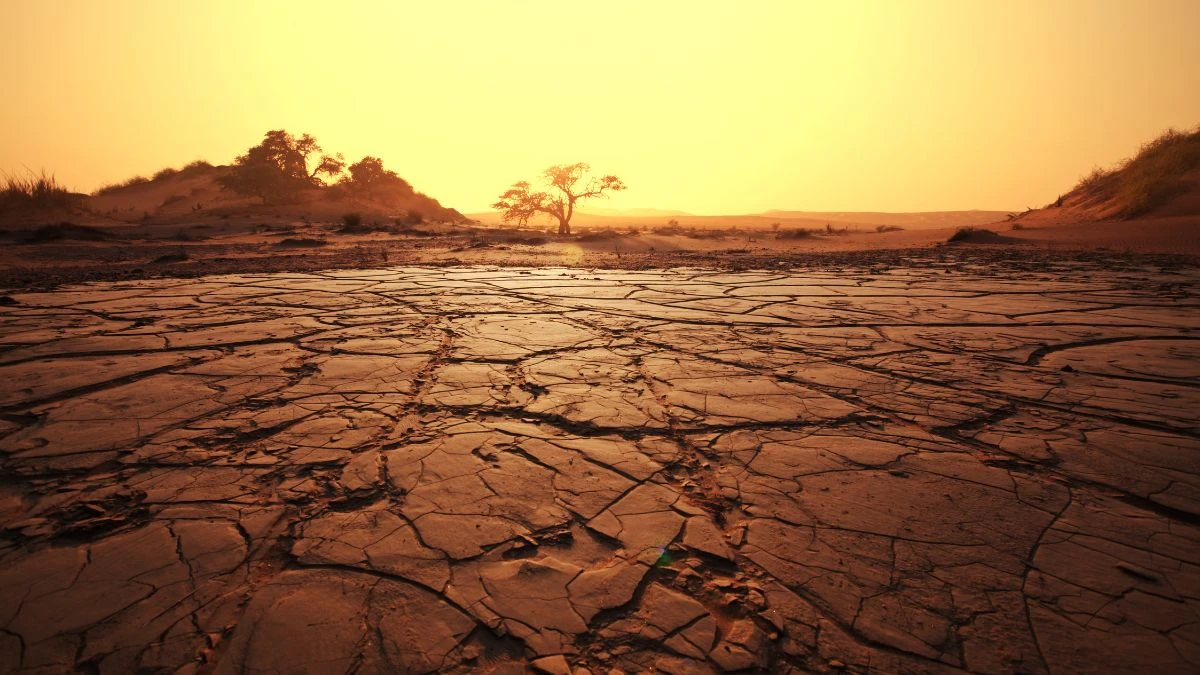
Dry season brings perfect weather and perfect fire conditions that create deadly risks for tourists who don’t understand how drought affects Central American destinations. Costa Rica’s peak tourism months (December through April) coincide exactly with the most dangerous fire and heat conditions of the year.
Tourism marketing promotes dry season as ideal travel weather – no rain, clear skies, and warm temperatures. They skip the part about forest fires, extreme heat, and dangerous wildlife encounters that make this period hazardous for unprepared visitors.
Forest Fire Risks During Peak Tourism Season
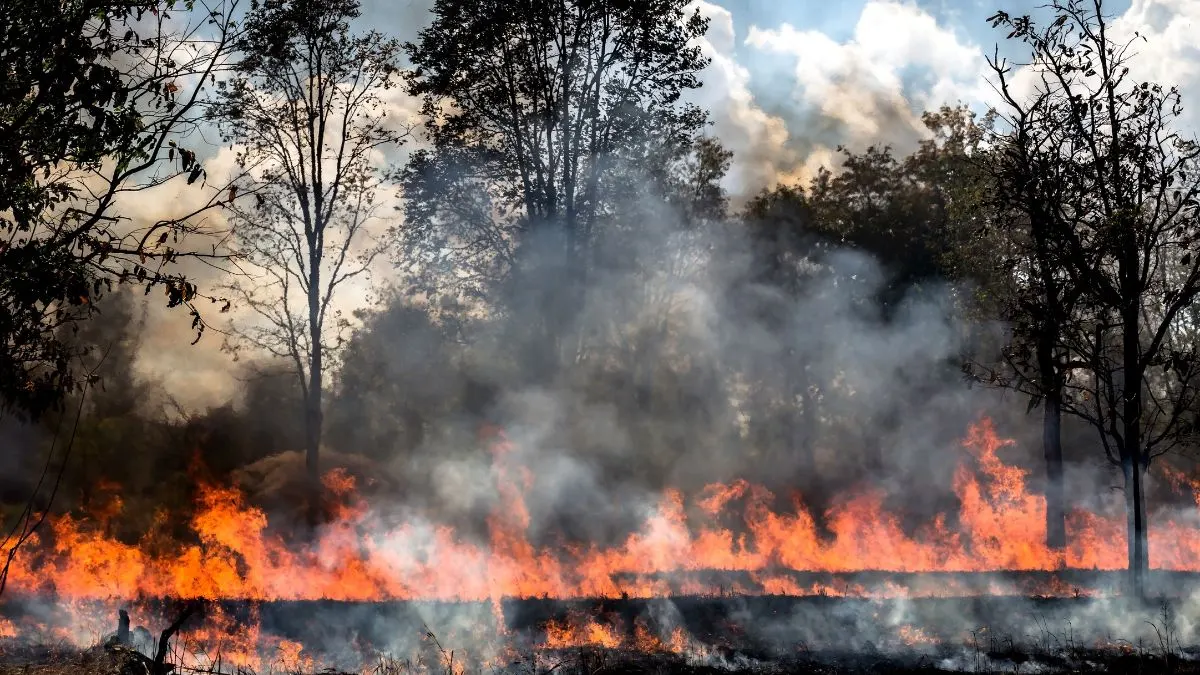
Costa Rica experiences over 50 major forest fires annually during dry season, many in popular tourist areas like Guanacaste Province and the Central Valley. National parks and wildlife reserves become fire-prone danger zones during the exact months when most tourists visit.
Fire Season Reality:
- December through April sees 80% of annual forest fires
- Tourist areas near Tamarindo and Manuel Antonio face regular fire threats
- Smoke from fires reduces air quality across the country
- Popular hiking trails close due to fire danger
- Beach towns evacuate when fires approach coastal areas
“Tourists don’t expect to see forest fires in paradise,” explains Carlos, a Costa Rican park ranger. “But dry season creates perfect burning conditions in areas where people camp and hike.”
These dangerous travel destinations weather conditions catch visitors off guard because tourism promotions show green, lush landscapes that only exist during rainy season. Dry season transforms the same areas into brown, fire-prone environments.
Tourist activities like camping and hiking become dangerous when fire risks spike. Many visitors don’t understand that “perfect weather” for tourism creates “perfect conditions” for deadly wildfires.
Extreme Heat Creates Dehydration Emergencies
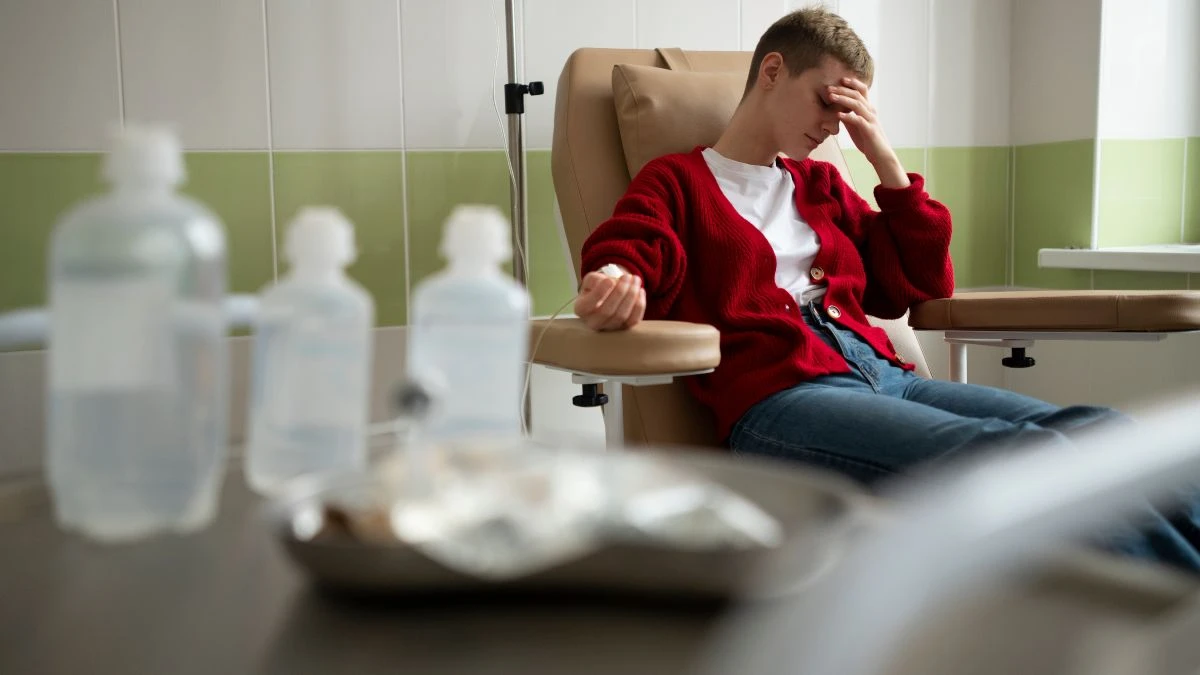
Dry season temperatures regularly exceed 100°F in popular tourist areas, creating heat-related medical emergencies for visitors unprepared for extreme conditions. Tourists from cooler climates underestimate how quickly they can become dangerously dehydrated.
Heat-Related Dangers:
- Temperatures reaching 105°F in Guanacaste Province
- Humidity levels that make heat feel even more extreme
- Limited shade in many tourist destinations
- Tourist activities scheduled during hottest parts of the day
- Inadequate water supplies at remote tourist sites
Beach activities become dangerous when sand temperatures exceed 120°F and direct sun exposure causes rapid dehydration. Popular tourist beaches offer little natural shade, forcing visitors to seek shelter in expensive beachfront businesses.
Emergency rooms treat dehydration cases daily during peak tourist season as visitors underestimate water needs in extreme heat. Many tourists arrive from cold climates and don’t adjust their activity levels or water consumption for tropical heat conditions.
“We see tourists every day who thought they could handle the heat,” reports Dr. Maria from a Guanacaste hospital. “They plan full-day activities without enough water and end up in our emergency room.”
Wildlife Encounters Turn Dangerous During Drought
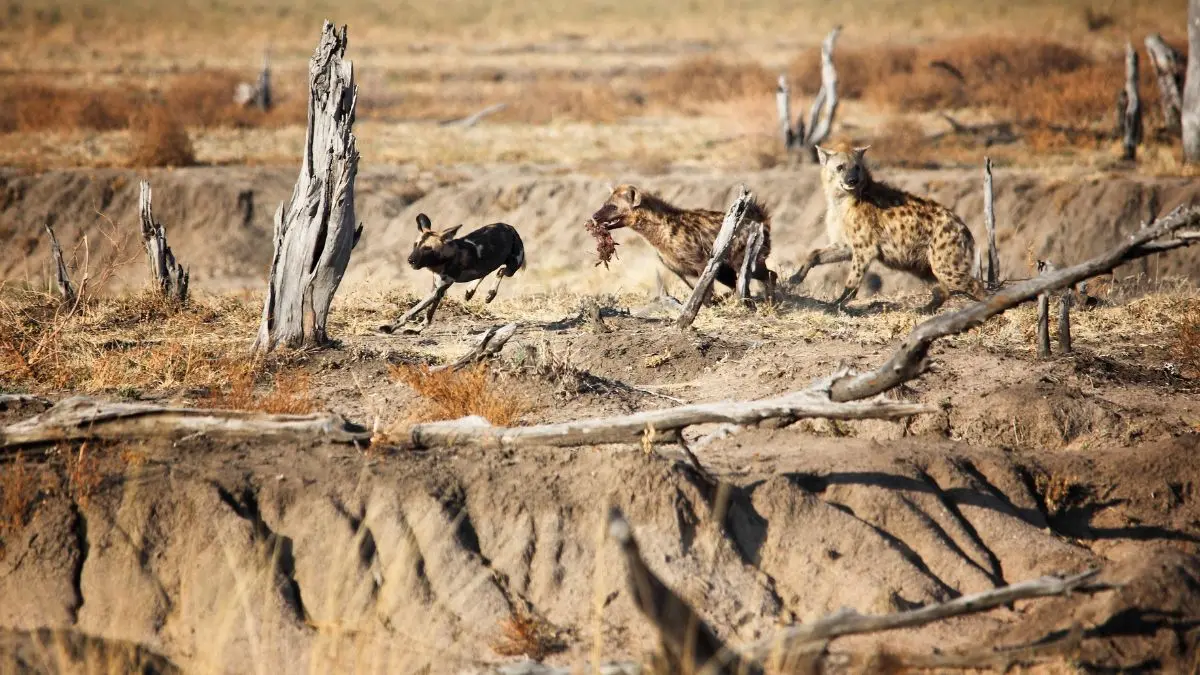
Drought conditions force wildlife into tourist areas searching for water and food, creating dangerous encounters that injure visitors. Animals that normally avoid humans become aggressive when competing for scarce resources during dry season.
Water shortages drive normally shy animals into tourist zones where they encounter unprepared visitors. Hiking trails that feel safe during rainy season become dangerous when desperate animals frequent the same water sources tourists visit.
Wildlife Risk Increases:
- Crocodiles concentrate in remaining water sources near tourist areas
- Venomous snakes seek water in hotel and resort areas
- Large mammals become territorial around scarce water supplies
- Insect populations spike around tourist water features
- Aggressive behaviors increase as animals compete for resources
Tourist season safety risks multiply when wildlife behavior changes due to drought stress. Animals that tourists photograph safely during rainy season become unpredictable and dangerous when struggling to survive dry conditions.
Transportation Risks on Dust-Affected Roads
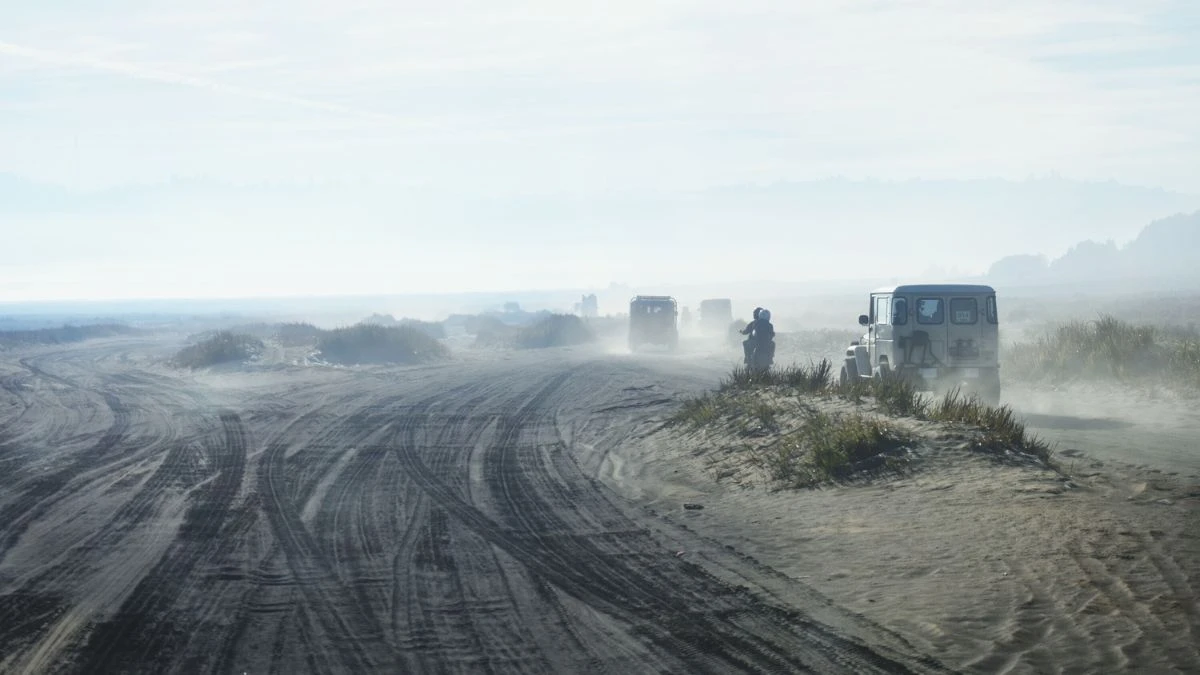
Dry season creates hazardous driving conditions that cause accidents involving tourist vehicles. Dust storms reduce visibility to dangerous levels on popular tourist routes between major destinations.
Unpaved roads to remote beaches and national parks become nearly impassable due to dust and deteriorated conditions. Tourist rental vehicles break down regularly because visitors don’t understand how dust and heat affect vehicle performance.
Transportation Hazards:
- Dust storms reducing visibility to under 50 meters
- Unpaved tourist routes becoming dangerous due to erosion
- Vehicle overheating in extreme temperatures
- Tire blowouts from hot pavement and rough roads
- Emergency services delayed by poor road conditions
Popular tourist destinations become isolated when road conditions deteriorate during dry season. Tourists get stranded in remote areas when vehicles break down and rescue operations face challenges reaching them.
Medical Infrastructure Strain in Remote Areas
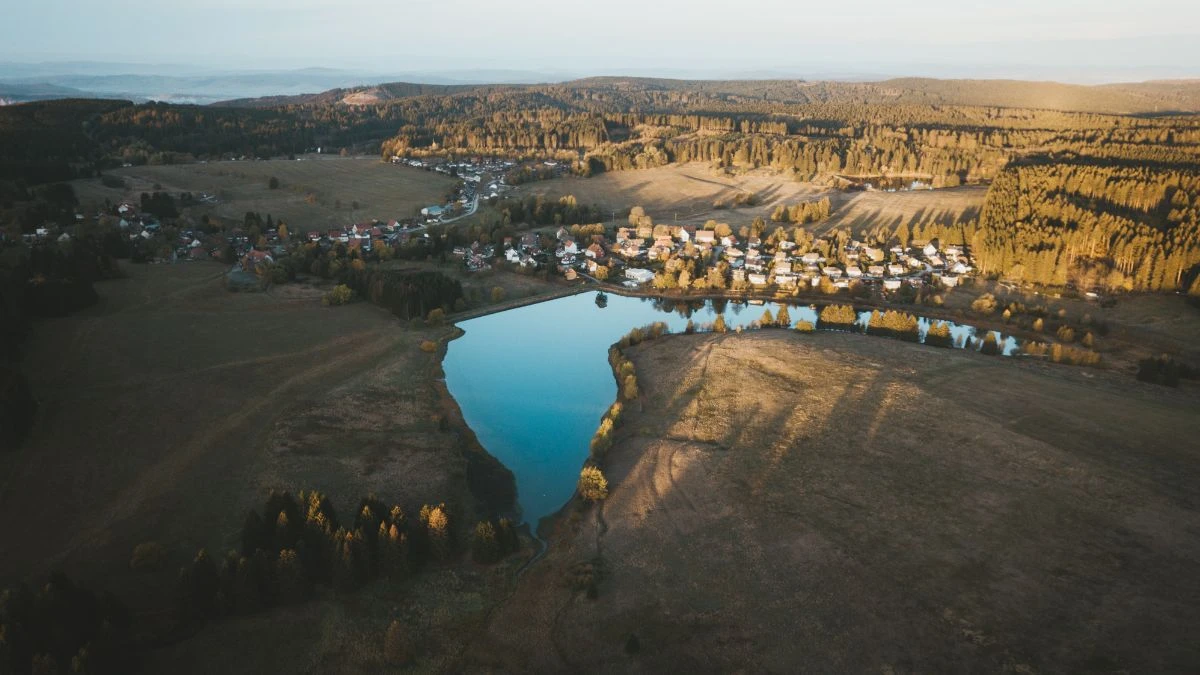
Costa Rica’s medical system becomes overwhelmed during peak tourist season when heat-related emergencies spike. Remote tourist areas lack adequate medical facilities to handle the increased caseload of heat stroke, dehydration, and accident victims.
Popular tourist destinations often have basic clinics designed for minor issues, not the serious medical emergencies that increase during dry season. Helicopter medical evacuations become necessary but expensive for tourists without proper insurance coverage.
Medical System Challenges:
- Rural clinics overwhelmed by tourist emergencies
- Limited ambulance services in remote tourist areas
- Helicopter evacuations costing $10,000-25,000+
- Language barriers complicating emergency medical care
- Insurance coverage gaps for adventure tourism accidents
Tourist hospitals in popular destinations charge premium rates during peak season when demand for medical services increases. Many tourists discover their travel insurance doesn’t cover heat-related illnesses or adventure activity injuries.
Medical tourism becomes risky during dry season when hospitals focus resources on emergency cases rather than elective procedures. Recovery conditions become challenging when air quality deteriorates due to fires and dust.
Similar extreme heat conditions create even deadlier risks in South Asia, where massive populations compound the dangers of pre-monsoon temperature spikes.
4. India’s Pre-Monsoon Heat Wave Season
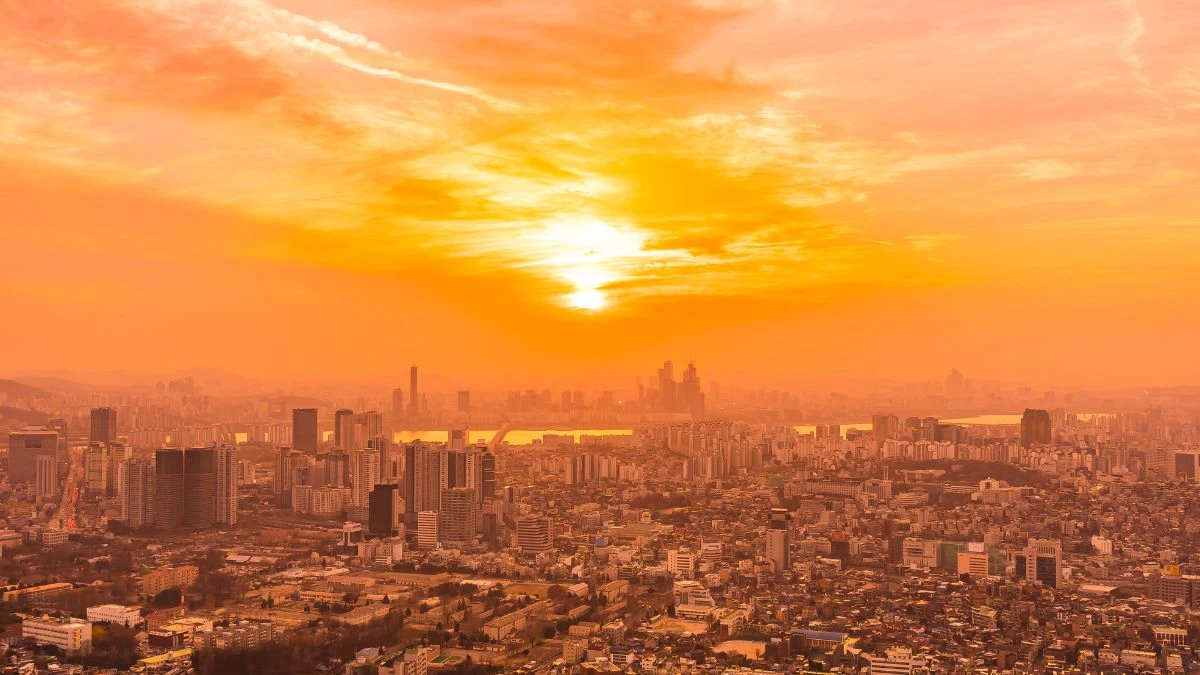
Extreme heat conditions affect even larger tourist populations when India’s pre-monsoon season overlaps perfectly with peak tourism months. March through May brings deadly temperatures that kill over 1,000 people annually, many of them unprepared tourists who arrive during what marketing calls “perfect weather.”
These dangerous tourist destinations experience their most lethal weather conditions exactly when tourism peaks. Hotels advertise clear skies and warm temperatures while hiding the fact that “warm” means potentially fatal heat waves that overwhelm even healthy visitors.
March-May Tourist Season Meets Deadly Heat Waves
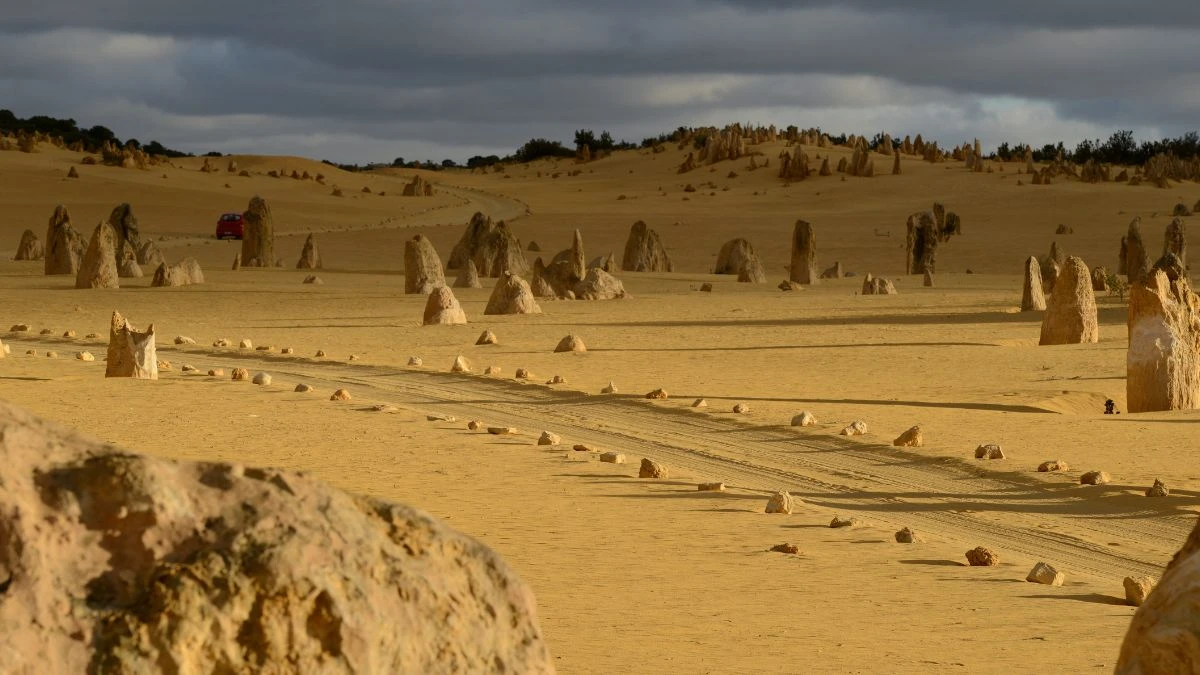
India’s tourist season timing creates perfect storms of deadly weather tourist season conditions that catch international visitors completely off guard. March through May offers cooler temperatures than summer monsoon season, but “cooler” still means temperatures reaching 120°F in popular tourist destinations.
Heat Wave Tourist Season Reality:
- Delhi temperatures reaching 115-120°F during peak tourism
- Rajasthan desert tours operating in 125°F+ conditions
- Agra (Taj Mahal) experiencing deadly heat during tourist rush
- Kerala backwaters becoming dangerous due to extreme humidity
- Goa beach temperatures making outdoor activities life-threatening
“Foreign tourists don’t understand how deadly our pre-monsoon heat can be,” explains Dr. Sharma from a Delhi hospital. “They arrive from cold countries and try to maintain normal activity levels in temperatures that kill people.”
Tourism companies schedule outdoor activities during the hottest parts of the day because they know tourists expect full itineraries. Taj Mahal tours continue operating when local authorities recommend staying indoors due to extreme heat warnings.
Heat Stroke Emergencies Overwhelm Tourist Areas
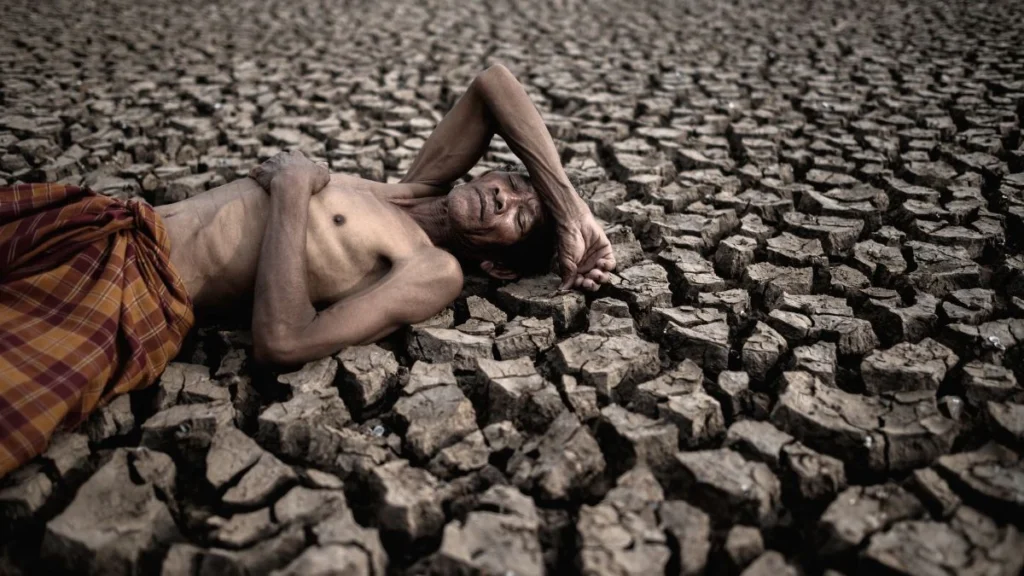
Indian hospitals treat thousands of heat-related emergencies during tourist season as visitors underestimate how quickly extreme temperatures can become deadly. Emergency rooms in tourist cities report daily heat stroke cases among foreign visitors who don’t adjust their behavior for dangerous conditions.
Heat-Related Medical Emergencies:
- Over 1,000 heat-related deaths annually during tourist season
- Tourist hospitals reporting 50+ heat emergencies daily during peak periods
- Foreign visitors requiring emergency cooling treatments
- Heat exhaustion requiring immediate medical intervention
- Dehydration so severe it causes kidney failure in healthy adults
Tourist activities like sightseeing, shopping, and cultural tours become deadly when temperatures exceed safe levels for extended outdoor exposure. Many visitors don’t recognize early heat stroke symptoms until they require emergency medical care.
Older tourists and those with heart conditions face extreme risks during pre-monsoon heat waves. Children and elderly visitors account for disproportionate numbers of heat-related medical emergencies in tourist areas.
“We see tourists collapse from heat stroke daily during peak season,” reports Dr. Patel from an Agra hospital near the Taj Mahal. “They don’t drink enough water and spend too much time in direct sun during the hottest months.”
Power Grid Failures Cripple Tourist Infrastructure

Extreme heat overwhelms India’s power grid, causing widespread blackouts that leave tourists stranded without air conditioning, elevators, or refrigeration during life-threatening temperatures. Tourist hotels become death traps when power failures eliminate cooling systems during peak heat.
Power outages lasting 8-12 hours force tourists into dangerous situations where they can’t escape deadly indoor temperatures. Hotel backup generators often fail because they can’t handle sustained cooling loads during extreme heat waves.
Infrastructure Failures During Heat Waves:
- Rolling blackouts affecting major tourist cities
- Hotel air conditioning systems failing during peak demand
- Elevators shutting down, trapping tourists in high-rise buildings
- Water pumps failing, leaving hotels without adequate water supplies
- Internet and phone systems disrupted by power grid stress
Tourist areas become dangerous when power failures combine with extreme heat. Visitors get trapped in hotel rooms that become ovens without air conditioning during the hottest parts of the day.
Transportation Becomes Dangerous During Heat Extremes
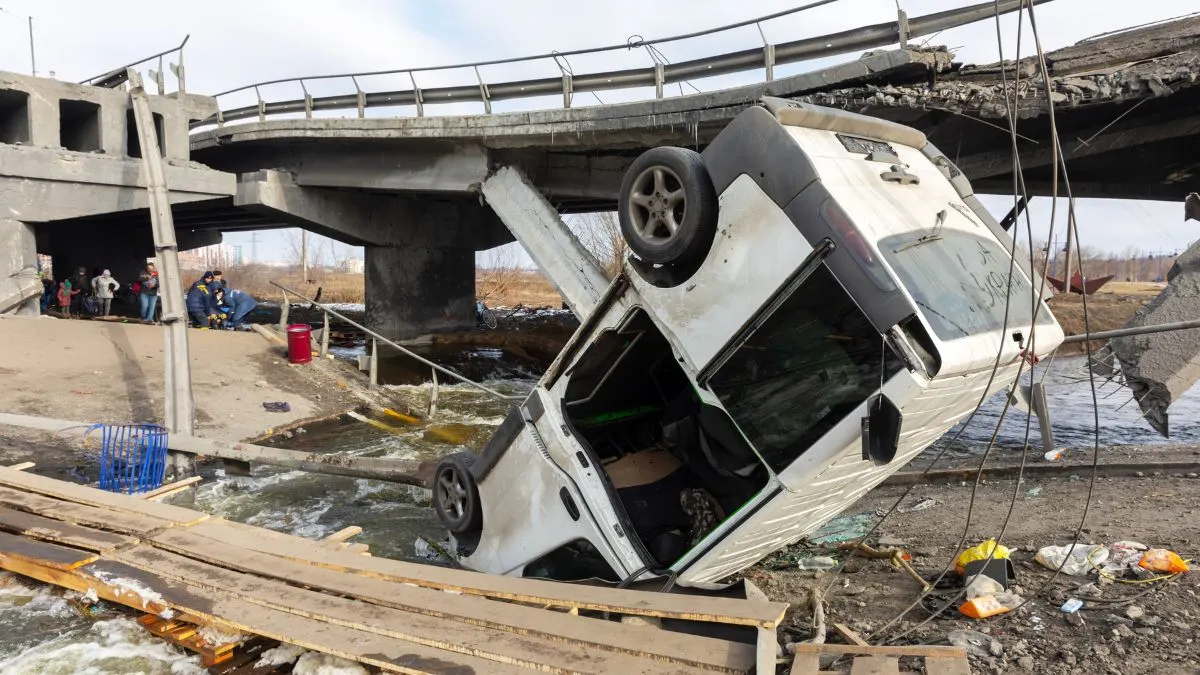
Indian transportation systems break down regularly during extreme heat, leaving tourists stranded in dangerous conditions. Trains get canceled when tracks become too hot for safe operation, stranding passengers at stations without adequate cooling.
Flights face delays and cancellations because extreme heat affects aircraft performance and airport operations. Tourists get stuck at airports that lose air conditioning during power outages caused by heat stress on electrical systems.
Transportation Heat Dangers:
- Train cancellations during extreme temperature spikes
- Flight delays when runways become too hot for safe operations
- Bus breakdowns from overheated engines
- Taxi and rickshaw drivers refusing service during peak heat
- Road surfaces becoming too hot for safe tire contact
Tourist buses become death traps when air conditioning fails during long trips through desert areas. Many tourists don’t carry adequate water for emergency situations when transportation breaks down in extreme heat.
Cultural Events Turn Deadly in Extreme Heat
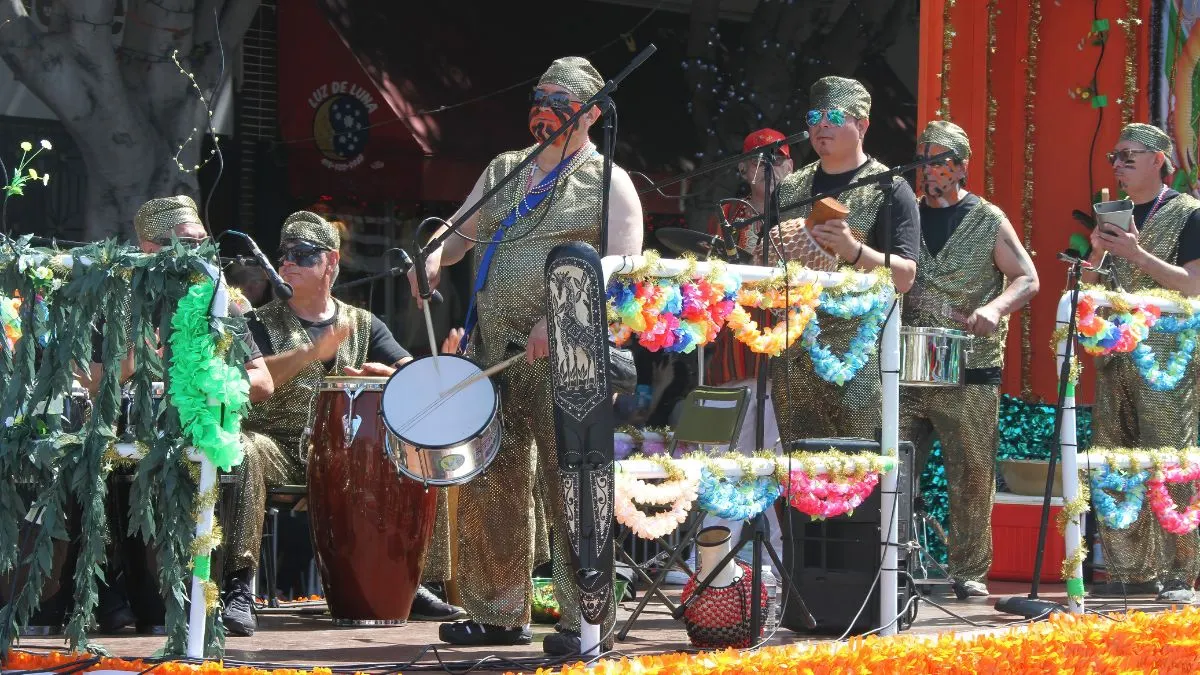
India’s cultural festivals and events continue operating during dangerous heat waves, creating life-threatening situations for tourists who attend outdoor celebrations. Religious festivals, street markets, and cultural performances become deadly when held during extreme temperature periods.
Tourist participation in outdoor cultural events leads to mass casualties during heat waves. Visitors don’t understand that local residents avoid outdoor activities during the hottest parts of pre-monsoon season.
Cultural Event Heat Risks:
- Outdoor festivals operating during deadly temperature periods
- Religious ceremonies continuing despite extreme heat warnings
- Street markets and bazaars remaining open during dangerous conditions
- Cultural performances scheduled during peak heat hours
- Tourist groups attending events without adequate heat protection
Many cultural events lack adequate medical facilities to handle heat-related emergencies among tourists. International visitors suffer disproportionately because they don’t recognize dangerous heat conditions that locals instinctively avoid.
Smart tourists research actual temperature patterns rather than trusting marketing materials, but mountain destinations create their own deadly seasonal risks when perfect climbing weather leads to overcrowding disasters.
5. Nepal’s Clear Weather Climbing Season Death Zone
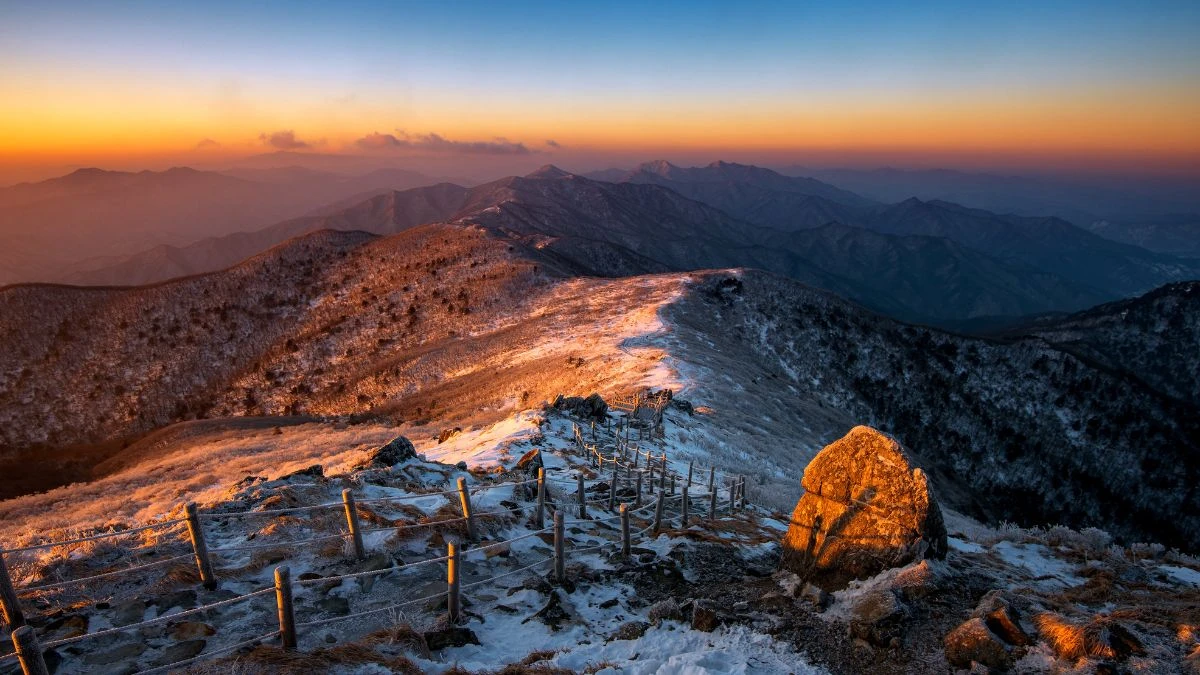
Clear skies create climbing conditions and climbing disasters when Nepal’s spring season brings perfect weather that attracts deadly crowds to high-altitude peaks. March through May offers the best climbing windows of the year, but this same timing creates overcrowding that kills climbers through dangerous delays and poor decision-making.
These dangerous travel destinations weather conditions become deadly not because of storms, but because perfect conditions attract too many climbers to safely manage mountain routes during limited weather windows.
Spring Climbing Season Creates Deadly Overcrowding
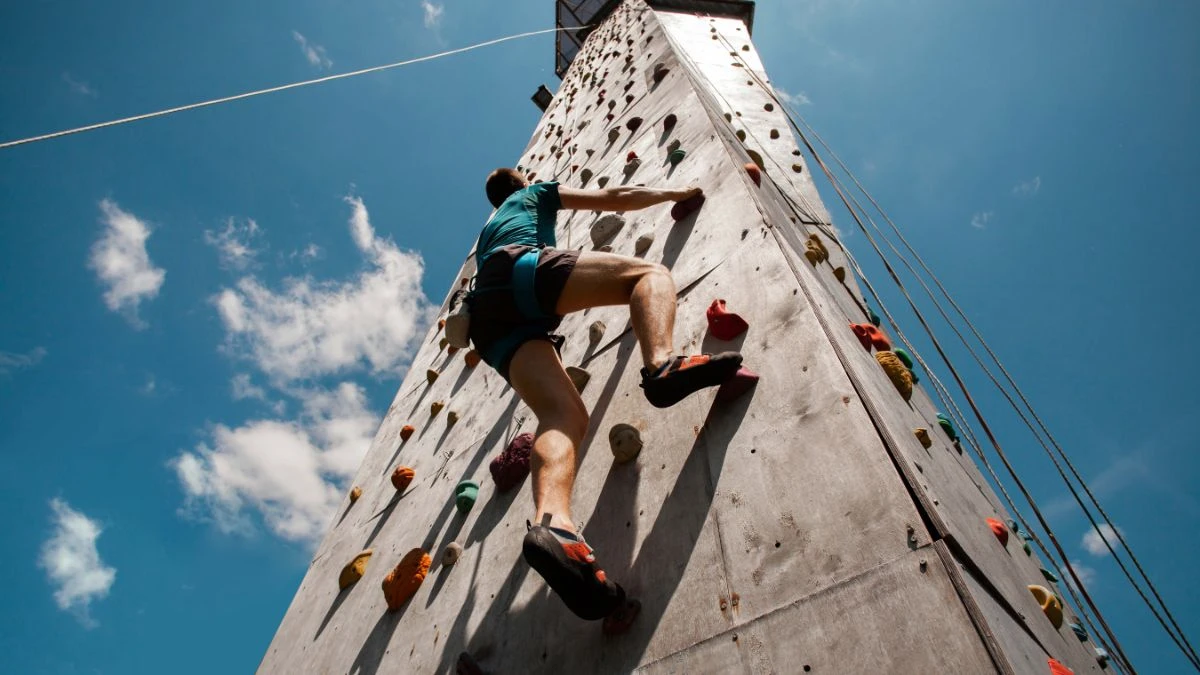
Nepal’s spring climbing season draws climbers from around the world during brief weather windows when conditions allow safe summit attempts. This creates dangerous bottlenecks where hundreds of climbers attempt the same routes simultaneously, leading to deadly traffic jams in the death zone above 26,000 feet.
Overcrowding Death Statistics:
- Over 20 climbers die annually during spring climbing season
- 300+ climbers in Everest death zone simultaneously during peak days
- Multi-hour delays at dangerous altitudes due to route congestion
- Climbers running out of oxygen while waiting in summit queues
- Inexperienced climbers attempting routes beyond their skill levels
“Perfect weather creates imperfect conditions when everyone tries to climb at once,” explains Pemba, a veteran Sherpa guide. “Clear skies bring deadly crowds that turn safe climbing days into disasters.”
The irony of tourist season safety risks in Nepal comes from success rather than failure – too many people taking advantage of good conditions creates situations more dangerous than bad weather.
Commercial climbing operations schedule trips during narrow weather windows, concentrating hundreds of climbers into days when mountains can safely handle only dozens. This overcrowding forces climbers to make deadly compromises about timing, routes, and safety protocols.
Weather Window Limitations Force Rushed Decisions
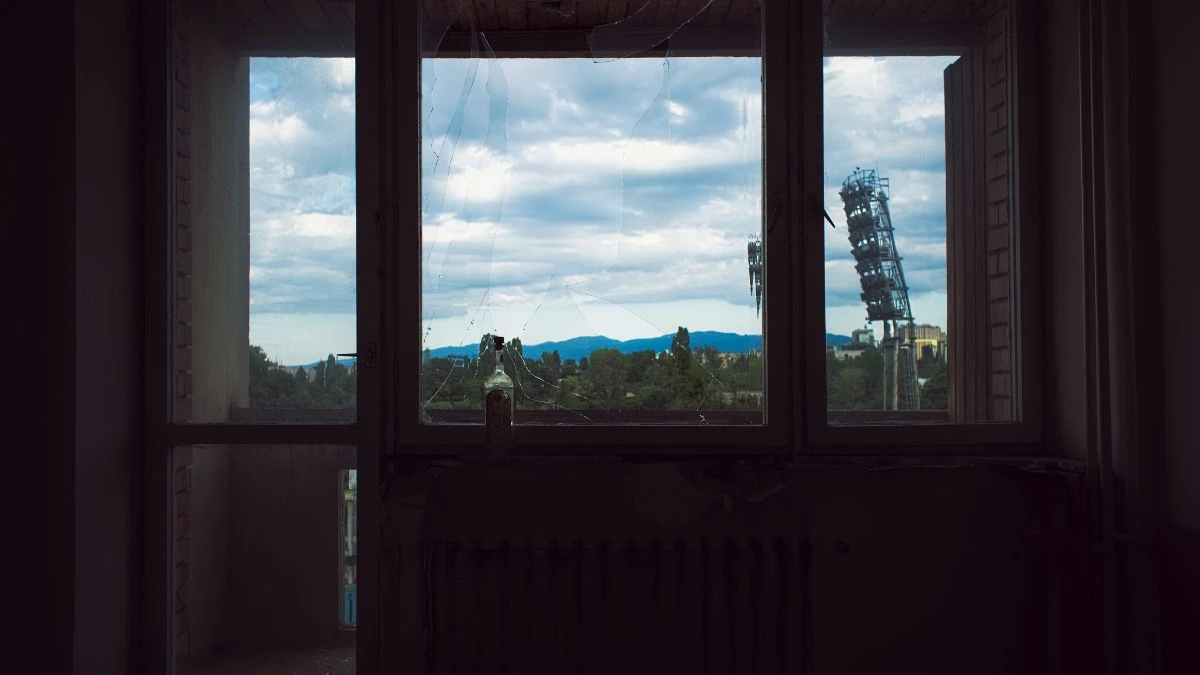
Nepal’s climbing season depends on brief weather windows between winter storms and summer monsoons. These limited opportunities create pressure that forces climbers to attempt summits during marginal conditions rather than waiting for truly safe weather.
Climbers spend weeks at base camp waiting for weather windows, then feel compelled to attempt summits even when conditions aren’t ideal. The financial and time investment creates psychological pressure that leads to poor decision-making about safety vs. summit goals.
Weather Window Pressure Points:
- Only 10-15 safe climbing days during entire spring season
- Expedition costs of $35,000-100,000+ creating pressure to summit
- Limited helicopter evacuation during weather windows
- Team dynamics pressuring individuals to continue despite safety concerns
- Commercial operators pushing clients to attempt summits during marginal conditions
Weather forecasting becomes critical but unreliable at extreme altitudes where conditions change rapidly. Climbers commit to multi-day summit attempts based on forecasts that often prove wrong, trapping them in dangerous conditions.
Altitude Sickness Becomes Deadly Under Seasonal Pressure
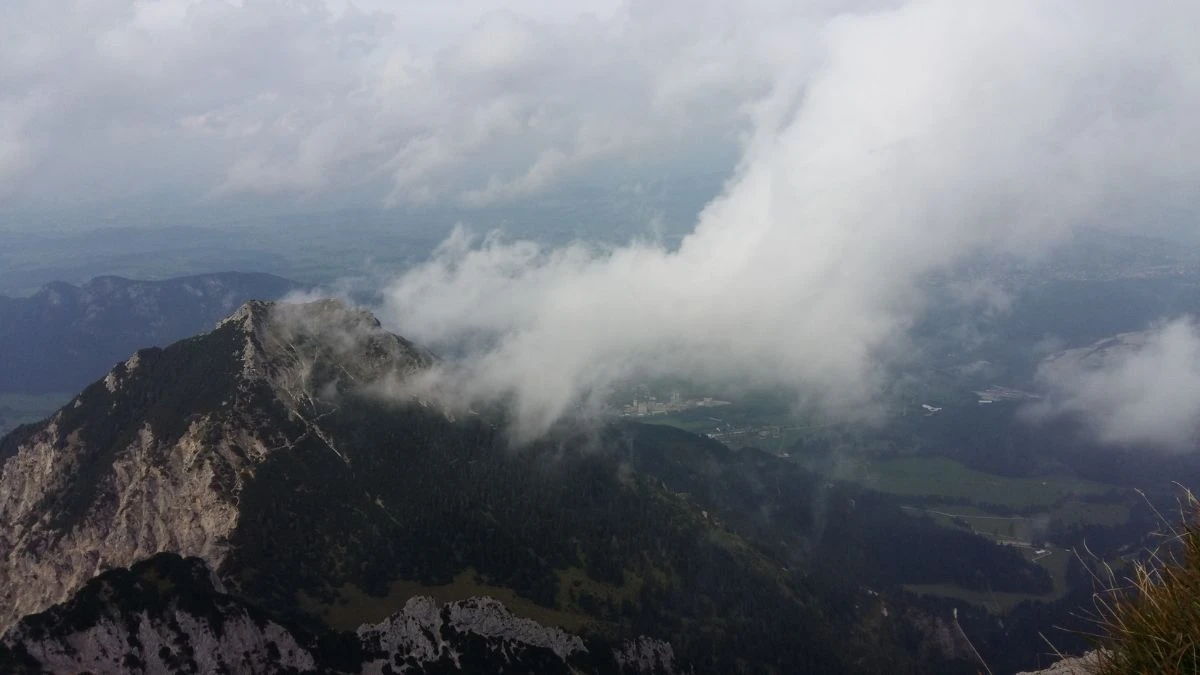
High altitude affects all climbers, but seasonal pressures compound altitude sickness problems when overcrowded routes prevent proper acclimatization schedules. Climbers rush acclimatization rotations to take advantage of weather windows, increasing their risk of severe altitude sickness.
Commercial climbing schedules prioritize weather windows over proper acclimatization, pushing clients to higher altitudes faster than their bodies can safely adapt. This creates situations where altitude sickness becomes fatal because climbers can’t descend quickly due to route congestion.
Altitude Sickness Complications:
- Cerebral edema cases increasing during peak climbing periods
- Pulmonary edema requiring immediate evacuation during overcrowded periods
- Rescue delays due to multiple simultaneous altitude emergencies
- Helicopter evacuations impossible during bad weather following climbing windows
- Medical facilities overwhelmed by multiple serious altitude cases
“We see more altitude sickness during busy climbing periods because people rush their preparation,” reports Dr. Buddha at a Kathmandu climbing medicine clinic. “The pressure to climb during good weather windows makes people take dangerous shortcuts with acclimatization.”
Avalanche Risks Increase During “Perfect” Conditions
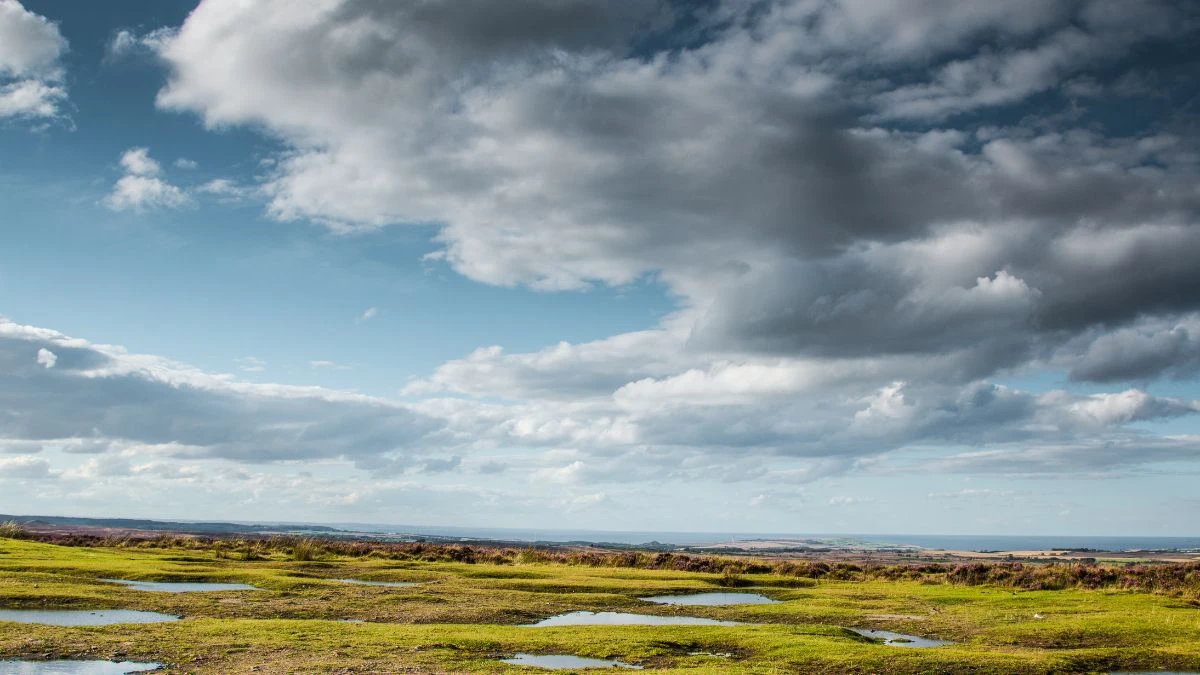
Clear weather doesn’t eliminate avalanche dangers – it often increases them by encouraging more climbers to enter avalanche-prone areas simultaneously. Spring warming cycles create unstable snow conditions even during clear weather periods.
Multiple climbing teams moving through avalanche zones increases the likelihood that someone will trigger snow slides. Route congestion means climbers spend more time in dangerous areas, extending their exposure to avalanche risks.
Avalanche Dangers During Clear Weather:
- Spring warming creating unstable snow conditions
- Multiple teams increasing avalanche trigger risks
- Route delays keeping climbers in dangerous zones longer
- Rescue operations complicated by continued avalanche threats
- Weather windows followed by storms that increase avalanche dangers
Perfect climbing conditions can create perfect avalanche conditions when warm temperatures destabilize snowpacks that seemed safe during cold periods. Climbers focus on summit weather while ignoring changing snow stability conditions.
Rescue Operations Can’t Handle Peak Season Demands
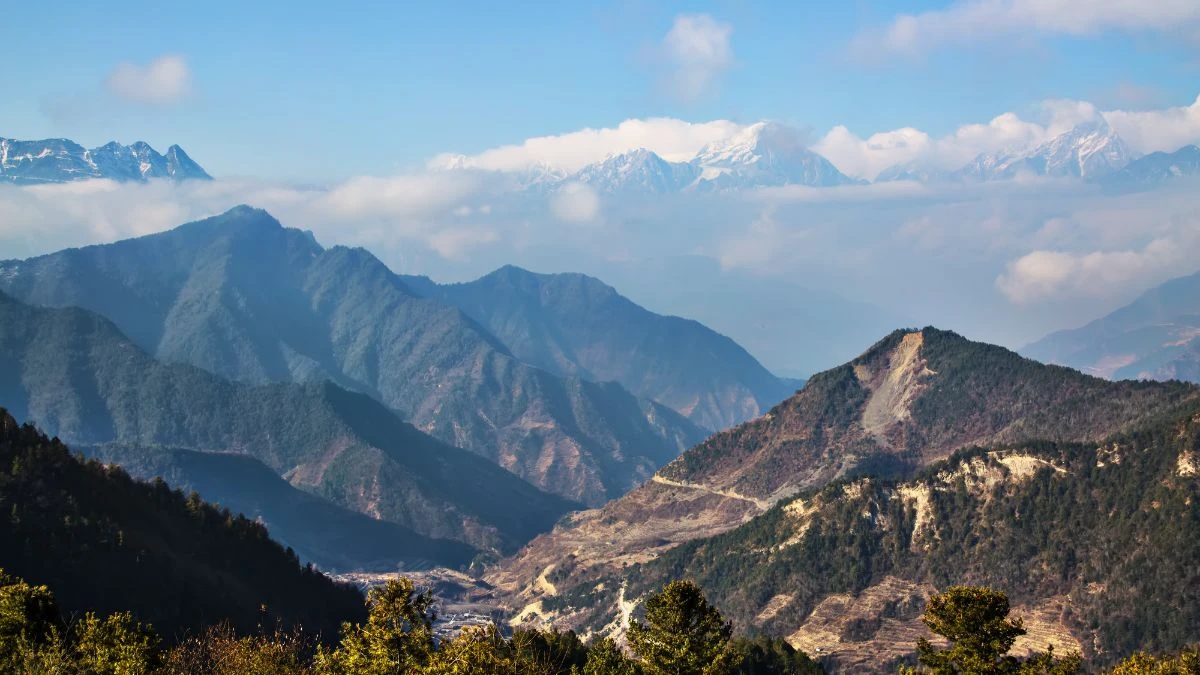
Nepal’s mountain rescue capabilities become overwhelmed during peak climbing periods when multiple emergencies happen simultaneously. Helicopter rescue operations face limitations during the exact weather windows when most climbing accidents occur.
Clear weather brings rescue opportunities but also brings the climbing crowds that create rescue needs. Limited helicopter resources can’t handle multiple simultaneous emergencies across different peaks during busy climbing periods.
Rescue Operation Limitations:
- Only 2-3 high-altitude rescue helicopters available for entire region
- Pilot limitations during peak demand periods
- Landing zone conflicts when multiple emergencies occur
- Weather window limitations affecting rescue timing
- Cost barriers preventing immediate rescue responses ($10,000-50,000+ per rescue)
Emergency medical facilities in climbing regions become overwhelmed during peak season when serious injuries and illnesses spike. International rescue insurance becomes crucial but expensive, with many climbers discovering coverage gaps during actual emergencies.
Mountain rescue volunteers get stretched beyond capacity during busy climbing periods, creating situations where rescue resources aren’t available when needed most. This forces climbers to accept higher risks because they know help might not be available during emergencies.
Understanding these seasonal patterns helps travelers make informed decisions about timing, preparation, and risk management for dangerous tourist destinations during their peak attraction periods.
